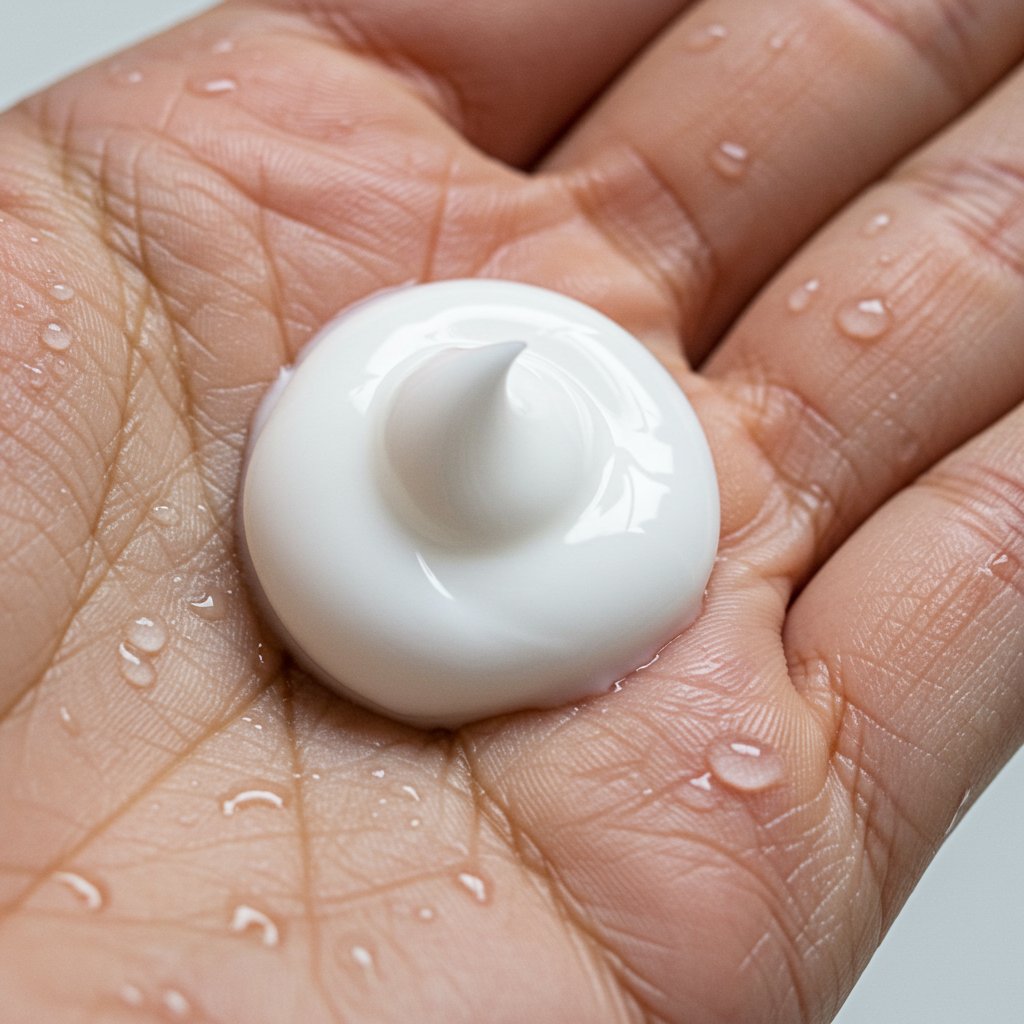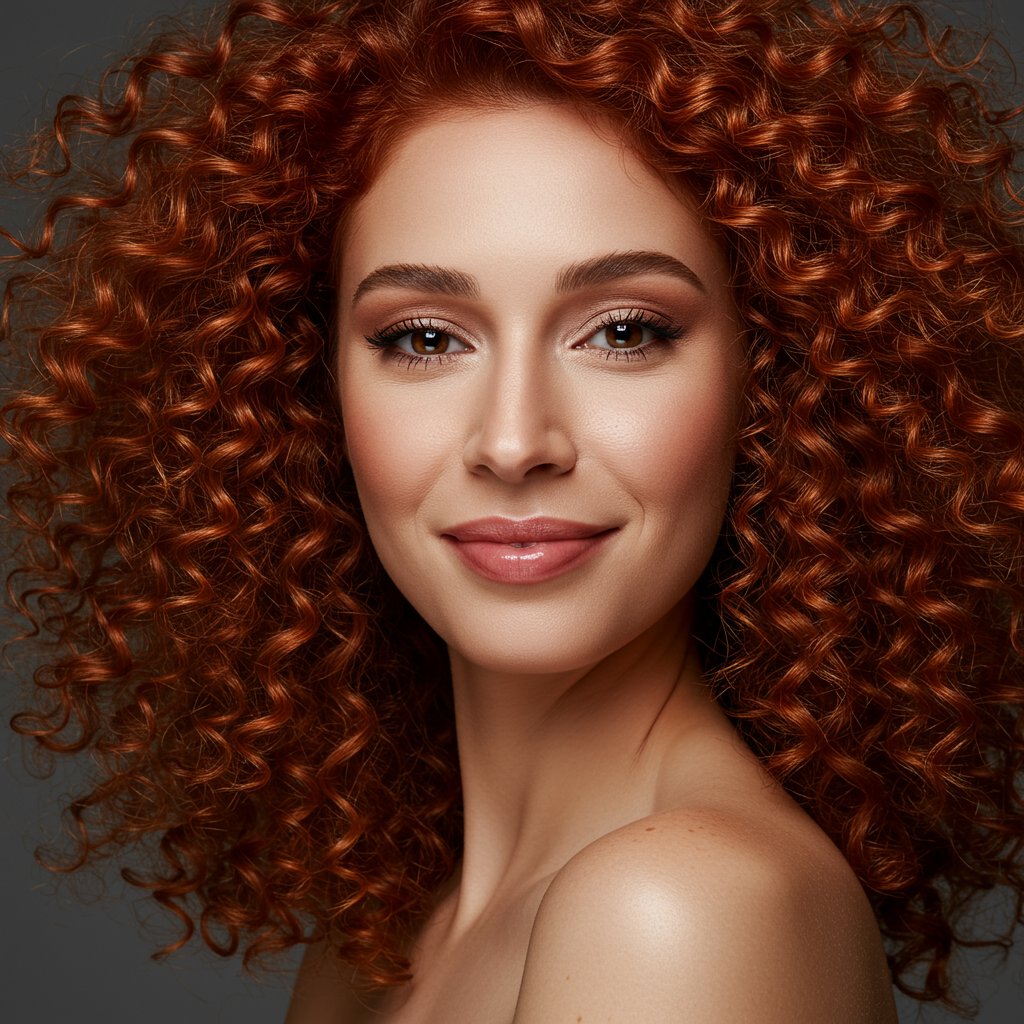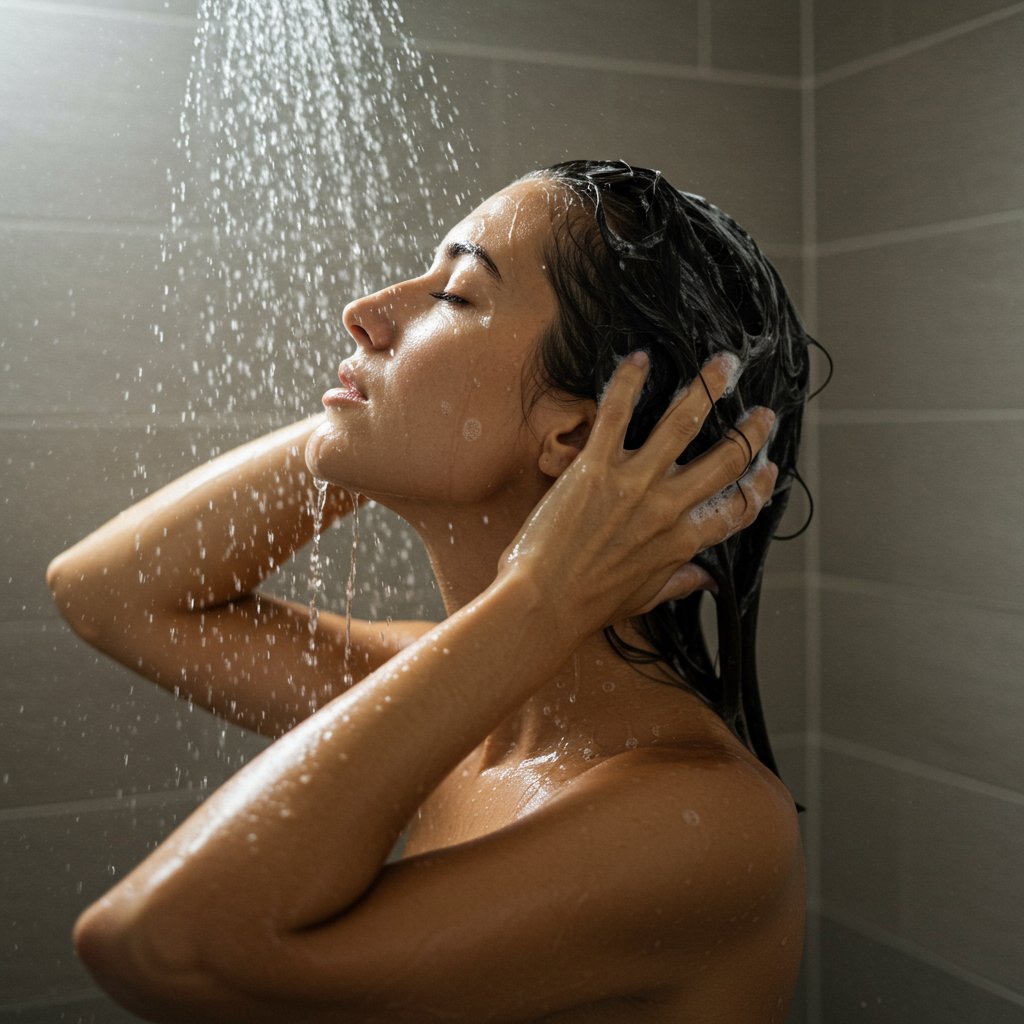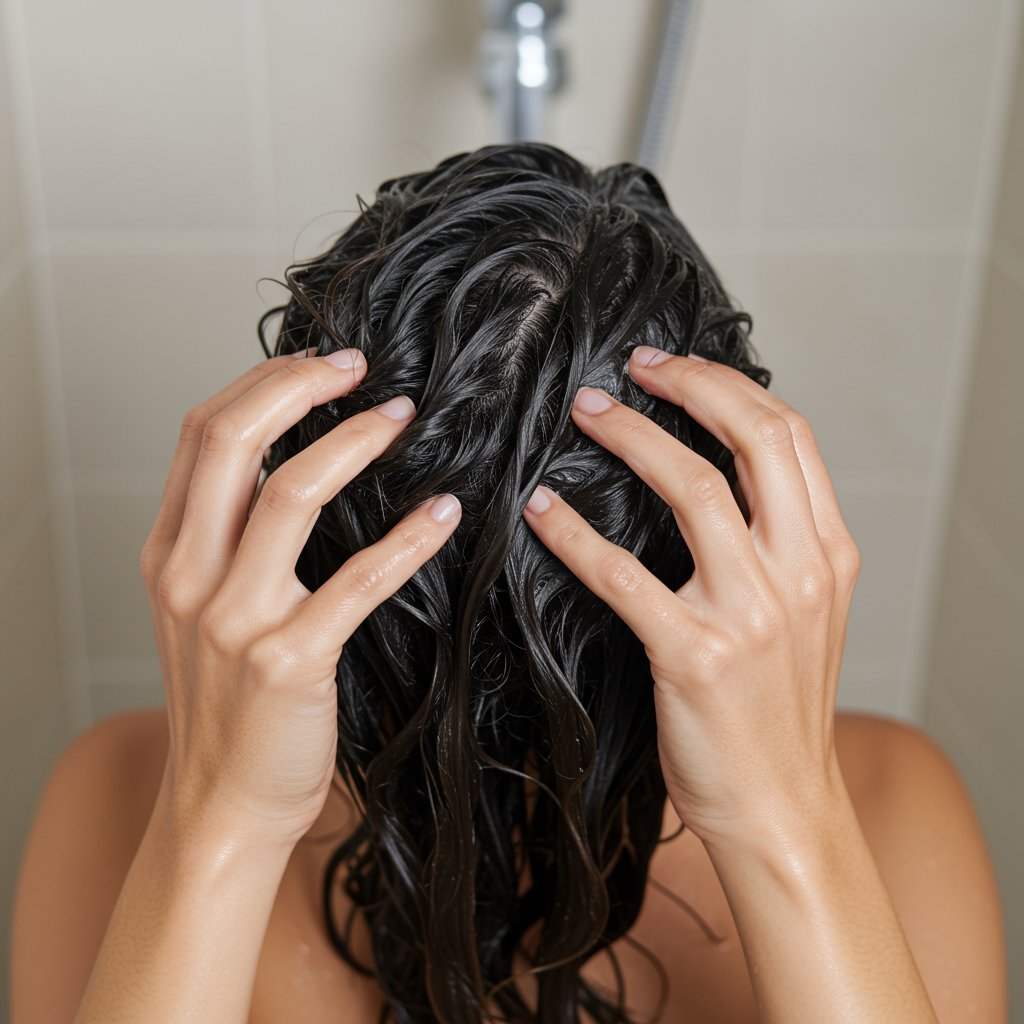The Co-Washing Revolution: Is It Right for Your Hair? | A Professional Guide
The Rise of a Hair Care Phenomenon: Understanding the Co-Washing Revolution
In the ever-evolving world of hair care, trends come and go, but some movements fundamentally shift our understanding of what it means to have healthy hair. The co-washing revolution is one such movement. Short for "conditioner-only washing," co-washing challenges the long-held belief that a foaming, sudsy shampoo is essential for clean hair. Instead, it proposes a gentler, more hydrating alternative that has become a holy grail for many, particularly those with curly, coily, and textured hair. But is this suds-free approach the universal secret to luscious locks, or is it a specialized technique suited only for specific hair types?

This comprehensive guide will delve deep into the world of co-washing. We will explore the science behind how it works, identify the hair types that benefit most, and honestly discuss who should steer clear. From the potential benefits like enhanced moisture and reduced frizz to the pitfalls of product buildup, we'll cover everything you need to know. By the end, you'll be equipped with the professional knowledge to determine if joining the co-washing revolution is the right move for your unique hair journey.
What Exactly is Co-Washing? The Science Behind the Suds-Free Approach
At its core, co-washing is the practice of washing your hair exclusively with a cleansing conditioner or a suitable regular conditioner, completely forgoing traditional shampoo. The primary goal is to cleanse the hair and scalp without the use of harsh detergents, primarily sulfates, which are found in many shampoos. While sulfates are incredibly effective at removing dirt and oil, their stripping action can be too aggressive for certain hair types, leading to dryness, frizz, and damage. They strip away not just unwanted buildup but also the hair's natural, protective oils (sebum).

The Cleansing Power of Conditioners
How can a conditioner possibly clean your hair? The magic lies in the ingredients. Conditioners contain cationic surfactants (like Behentrimonium Chloride or Cetrimonium Chloride). These molecules have a positively charged end that binds to the negatively charged hair shaft, smoothing the cuticle and providing that signature silky feeling. They also have a gentle cleansing ability. When you physically scrub your scalp with conditioner, these mild cleansing agents, combined with the friction from your fingertips, work to lift away a certain amount of grime, product residue, and excess oil.
It’s important to distinguish between a standard rinse-out conditioner and a product specifically formulated for co-washing. While you can use a regular silicone-free conditioner, specially designed "cleansing conditioners" or "co-washes" are often better formulated for the task. They typically have a lighter consistency and a more balanced blend of cleansing and moisturizing ingredients to reduce the risk of weighing hair down. They effectively bridge the gap between cleansing and conditioning in a single, moisture-rich step.
The Ideal Candidates: Which Hair Types Thrive with Co-Washing?
Co-washing is not a one-size-fits-all solution. Its effectiveness is deeply tied to hair type, texture, and porosity. For some, it's a transformative practice; for others, it can lead to frustration. Understanding where your hair falls on this spectrum is the first step to success.

Curly and Coily Hair (Types 3a - 4c)
This is the demographic that started and continues to champion the co-washing revolution. The unique structure of curly and coily hair, with its twists and turns, makes it difficult for natural scalp oils to travel down the hair shaft. This inherent tendency towards dryness makes it extremely vulnerable to the stripping effects of traditional shampoos. Co-washing provides the perfect solution by cleansing gently while infusing the hair with much-needed moisture. The result is better curl clumping, significantly reduced frizz, enhanced definition, and softer, more pliable strands. For those with Type 3 and 4 hair, co-washing can be a daily or every-few-days practice that maintains optimal hydration levels.
Wavy and Thick Hair (Types 2a - 2c)
Individuals with wavy or very thick, coarse hair can also see significant benefits from co-washing, though they may need to approach it differently. Wavy hair can be prone to frizz and dryness, and co-washing can help tame it, resulting in smoother, more defined waves. However, because waves are more easily weighed down than tight curls, it’s crucial to use a lightweight co-wash product and to consider alternating co-washes with a gentle, sulfate-free shampoo (often called a "low-poo"). This hybrid approach can provide the moisture benefits without sacrificing volume at the root.
Dry, Damaged, or Color-Treated Hair
Regardless of texture, hair that is chemically processed, color-treated, or simply damaged from heat styling is a prime candidate for co-washing. The chemical processes involved in coloring, bleaching, and relaxing hair lift the hair cuticle, making it more porous and susceptible to moisture loss. Harsh shampoos can exacerbate this damage and cause color to fade prematurely. The gentle, cuticle-smoothing nature of co-washing helps to preserve color vibrancy, replenish lost moisture, and improve the overall feel and appearance of compromised hair.
The Unsuitable Candidates: When to Steer Clear of Co-Washing
Just as important as knowing who should co-wash is knowing who probably shouldn't. Forcing this method on the wrong hair type can lead to a host of issues, from greasy roots to scalp problems. Transparency about its limitations is key to responsible hair care advice.

Fine or Oily Hair
If you have fine hair that gets greasy easily, co-washing is likely not your friend. Fine hair strands have a smaller diameter, meaning they are much more easily coated and weighed down by the heavy moisturizing agents and oils found in conditioners. Instead of clean, voluminous hair, you are more likely to end up with limp, stringy, and greasy-looking locks. Similarly, if your scalp naturally produces an abundance of oil, a co-wash simply won't have the cleansing power to effectively remove it, leading to buildup and a perpetually unclean feeling.
Those with Specific Scalp Conditions
Scalp health is paramount, and certain conditions require a more robust cleansing approach than co-washing can offer. Individuals with dandruff (caused by the Malassezia globosa fungus), seborrheic dermatitis, or psoriasis often need medicated shampoos with active ingredients like pyrithione zinc, ketoconazole, or salicylic acid to manage their symptoms. Co-washing can potentially worsen these conditions by not adequately cleansing the scalp, allowing fungus and bacteria to proliferate and creating a layer of buildup that can cause irritation and flaking.
The Potential Benefits of Adopting a Co-Washing Routine
When co-washing is a match for your hair type, the results can be truly remarkable. The benefits go beyond simple cleansing and touch on the core aspects of hair health and aesthetics, leading to a visible and tangible transformation.

Enhanced Moisture and Hydration
This is the number one benefit of co-washing. By eliminating harsh detergents, you allow your hair to retain its natural oils. The conditioning agents in the co-wash product then add another layer of moisture, leaving hair feeling exceptionally soft and hydrated. Over time, this consistent moisture infusion can improve hair elasticity, reducing breakage and split ends. Hair that was once brittle and straw-like can become supple and resilient.
Reduced Frizz and Improved Curl Definition
Frizz is often a sign of dry, dehydrated hair reaching into the atmosphere for moisture. By keeping the hair properly hydrated, co-washing smooths the hair cuticle, preventing it from swelling and creating frizz. For those with textured hair, this smoothed cuticle and increased moisture lead to better-defined curls and waves. The individual strands clump together more effectively, creating the beautiful, structured patterns that are often desired.
Softer, More Manageable Hair
Well-hydrated hair is inherently more manageable. It's easier to detangle, less prone to snapping during combing, and feels significantly softer to the touch. The 'slip' provided by the conditioner during the washing process helps to gently work through knots without causing mechanical damage. This improved manageability simplifies the styling process and reduces daily hair stress.
Potential Drawbacks and How to Mitigate Them
No hair care method is without its potential downsides. The key to a successful co-washing journey is understanding the risks and knowing how to counteract them effectively. The most common issue is, without a doubt, buildup.

The Inevitable Risk of Buildup
Because co-washes don't contain strong detergents, they don't cleanse as deeply as traditional shampoos. Over time, a combination of product residue (especially if you use styling products with silicones or heavy oils), natural sebum, and environmental dirt can accumulate on the scalp and hair shaft. This buildup can clog hair follicles, potentially inhibiting growth, and can make hair look dull, feel heavy, and become unresponsive to styling.
The Importance of Regular Clarifying
This is the non-negotiable rule of co-washing. To combat buildup, you must incorporate a regular clarifying wash into your routine. A clarifying shampoo is a deep-cleansing formula designed to strip away all residue and give your hair and scalp a fresh start. How often you need to clarify depends on your hair, your scalp, and the products you use. Some may need to clarify once a week, while others can go a month or more. Pay attention to your hair: when it starts to feel limp, greasy, or your curls lose their bounce, it's time to clarify. Always follow a clarifying session with a deep conditioner to replenish moisture.
How to Co-Wash Correctly: A Step-by-Step Professional Guide
Proper technique is everything when it comes to co-washing. Simply slathering on some conditioner won't cut it. Follow these steps to ensure you are cleansing effectively while reaping all the moisturizing benefits.

Step 1: Choose the Right Product
Select a product designed for co-washing or a lightweight, silicone-free conditioner. Check the ingredient list to ensure it's free of 'bad' silicones (like Dimethicone) that are not water-soluble and can cause heavy buildup. Look for nourishing ingredients like natural oils, butters, and humectants.
Step 2: Thoroughly Saturate Your Hair
Begin with your hair completely drenched in warm water. The water helps to loosen dirt and oil and allows the product to be distributed evenly. Spend a good minute or two just letting the water run through your hair before applying any product.
Step 3: Apply and Scrub, Not Lather
Use a generous amount of co-wash—often more than you would with shampoo. Emulsify it in your hands and apply it directly to your scalp. This is the most crucial part: using the pads of your fingers (not your nails), scrub your scalp vigorously for 3-5 minutes. This manual friction is what does the bulk of the cleansing. Work in sections to ensure you cover your entire scalp. Then, work the remaining product down the lengths of your hair.
Step 4: Rinse, Rinse, and Rinse Again
Just as you spent time scrubbing, you need to spend ample time rinsing. Rinse your hair thoroughly with lukewarm water, continuing to gently massage your scalp to ensure all the product and loosened debris are washed away. If your hair still feels slimy or coated, you haven't rinsed enough. A final cool water rinse can help seal the hair cuticle for added shine.
Frequently Asked Questions About Co-Washing
How often should I co-wash?
This depends entirely on your hair type and lifestyle. People with very dry, coily hair might co-wash every 2-3 days, while someone with wavy hair might do it once or twice a week, alternating with a low-poo shampoo. Listen to your hair.
Can I use my regular conditioner to co-wash?
You can, but it's essential to choose one that is free of non-water-soluble silicones. Silicones can provide a false sense of smoothness but will build up quickly without a strong shampoo to remove them, leading to dull, weighed-down hair.Will co-washing make my hair greasy?
If you have the right hair type (dry, curly, coarse) and use the correct technique (thorough scalp scrubbing and rinsing), it should not make your hair greasy. If it does, you may have fine or oily-prone hair, may be using too heavy a product, or may not be rinsing thoroughly enough.How long does it take to see results from co-washing?
Many people notice increased softness and moisture after the very first wash. However, it can take a few weeks for your scalp to adjust its sebum production and for you to see the full benefits in terms of curl definition and reduced frizz. This is often referred to as the 'transition period.'What's the difference between co-washing and the 'no-poo' method?
Co-washing is a specific type of the broader 'no-poo' (no shampoo) movement. 'No-poo' can encompass a range of methods, including washing with clay, rye flour, or just water. Co-washing specifically refers to using conditioner as the cleansing agent.When should I consult a professional stylist about my routine?
If you're experiencing persistent scalp issues like itching, excessive flaking, or hair loss, or if you're struggling to manage buildup and find the right product balance, it's always a good idea to consult an experienced stylist. They can analyze your hair and scalp and provide personalized recommendations.The Final Verdict: Is the Co-Washing Revolution for You?
The co-washing revolution offers a transformative approach to hair care for the right candidates. It's a powerful testament to the idea that gentle, moisture-focused cleansing can lead to healthier, more vibrant hair. For those with curly, coily, thick, or damaged hair, it can be the key to unlocking unprecedented levels of hydration, definition, and manageability. By trading harsh sulfates for the nourishing properties of a cleansing conditioner, you can fundamentally change your relationship with your hair.
However, it's not a universal panacea. For individuals with fine, straight, or oily hair, or those with specific scalp conditions, co-washing can do more harm than good, leading to buildup and limp, greasy strands. The true secret to hair health lies not in blindly following a trend, but in deeply understanding your hair's unique needs. The co-washing movement's greatest contribution may be its encouragement for us all to listen more closely to our hair, to question old habits, and to embrace a routine that celebrates and nurtures our natural texture.


